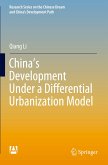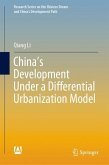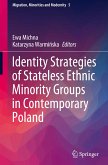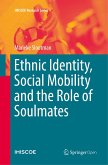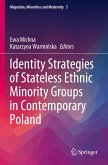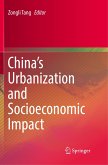This book discusses the urbanization of China and identifies four major features of ethnic minority mobility partners over the last twenty years: the three-stage peripheral-to-core transition pattern; the escalating decline of the urban minority population in the central region of China, particularly since 2000; the city agglomerations located in the eastern region of China, which have begun playing a leading role in minority urbanization, especially in the Yangtze and Pearl River Delta; and lastly, the continuous beneficiaries of supportive policies that have led metropolises, such as provincial capitals, to be shaped into important regional minority population concentrations in both China's western region and its autonomous areas. Presenting the first comprehensive, retrospective study on the evolution of the spatial-temporal distribution of ethnic groups, focusing on Chinese urbanization on a national scale and based on the three most recent national censuses, the book provides insights into Chinese urbanization processes and their inter/intra-relating mechanisms in ethnic minority areas. Given its scope, it is a valuable resource for scholars, policy and - ultimately - decision-makers wanting to improve the processes of sustainable and inclusive urbanization in China.

